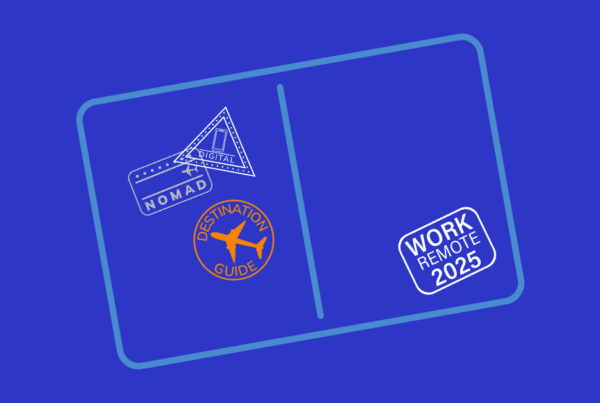
Picture this: it’s 2020 and you’re a company executive with a staff of about 200 employees.
Out of nowhere in early March, a global pandemic sweeps in and that number is suddenly cut in half. You have the same goals and client needs, but with half the labor as before.
Now, multiply this problem by the millions of other businesses that were left in similar situations, needing to quickly cut staff while still operating and attempting to meet market demands. Within days, the world had a massive talent problem on its hands.
Earlier this year, the International Labour Organization found that reduced working hours and unemployment affected 114 million people. The report goes on to state that this massive wave of unemployment and underemployment resulted in a loss of working hours approximately four times as high as during the financial crisis in 2009, forcing companies to completely rethink the way they utilize talent with an already limited budget and the same consumer demands to meet.
Without the options of full-time and part-time talent readily available, employers had to look to the one resource that was available and growing: freelancers.
The Era Of Agility
The freelancer has always been defined by their independence: They work for themselves, taking on clients and often acting as a consultant to companies that need external help in completing projects. As a result of layoffs and reduced hours due to the pandemic, millions of workers turned to freelancing for a more dependable income. In 2020, 59 million workers were freelancing, an increase of two million people from 2019, Statista reports.
As a result of massive layoffs and budget cuts, businesses had to learn how to operate off smaller, bare-bones teams, leaving little to no room for skills agility. With the average time to hire a full-time employee standing at 42 days according to SHRM, positions that needed to be immediately filled didn’t stand a chance. Simultaneously, executives were beginning to realize that the new survival plan was agility or death, with two out of three CEOs agreeing that agility was the new business currency in 2020, Upwork found.
With few options within their small, full-time teams and unfilled positions, executives needed to look outside their core, which brings us to the other half of the equation: the employee.
The Era Of Flexibility
As remote work took over, employees realized that it was indeed possible to work outside the nine-to-five hours enforced by businesses and still achieve outcomes just the same. Now facing a possible return to the office, workers didn’t want to be boxed in again, and flexibility and independence became the number one priority for many.
This feeling also resonated with those who were let go during the pandemic. Professionals who felt the true sting of Covid-19’s effects on the employers were forced to get crafty, faced with the need for work but hiring freezes across almost every industry. Burned by corporations and watching their employed counterparts enjoy the benefits of remote work, many wanted in without the full-time burden of corporate work.
The answer to these conundrums? Freelancing.
More than one-third of the American workforce freelanced as a result of the pandemic. Between full-time workers wanting more freedom than rigid corporate rules could offer and unemployed workers being forced to find new avenues for income, the freelance workforce boomed, and for good reason. According to Upwork, 75% of full-time workers who transitioned to freelancing reported that they earn “more or the same” than when they had a traditional employer — an incentive that drives even more professionals to freelance today.
Digital Talent Platforms Are Paving The Way
For months, employers have been at an impasse. Realizing that full-time work was losing its luster for workers, and in desperate need of affordable, agile talent, these business leaders turned to the simplest option: recognizing the value the growing freelance economy could add to their organization.
Business owners often face two main issues when it comes to hiring freelance support: finding the right people and onboarding them properly. With the demand for talent rising and freelancers becoming increasingly favorable in the eyes of the corporate world, digital talent platforms became a much larger player in the talent game. In a 2020 Harvard study of 700 senior business leaders in the U.S., 60% expect to “rent,” “borrow” or “share” talent with other companies in the near future.
As the use of these platforms increases even into today, the freelance workforce will continue to grow and meet the demand in the coming years, with Statista predicting that 79.6 million workers will be freelancing by 2025. Blended teams made of full-time staff and freelancers will be the key to agility and maintaining a competitive edge as we move into a digital era, securing digital talent platforms as a key player in the hiring game for years to come.
Before an entrepreneur, I’m a family man, husband, and father to two boys. After that, I’m all about startups and business. I’m a former professional motorcycle athlete turned serial entrepreneur. For over a decade, I’ve been obsessed with starting and building venture-backed technology companies that move the workforce forward. From the beginning of my career, I’ve made a lot of mistakes but I love taking ideas and turning them into enduring companies. In my current position as the CEO of FlexTal, I’m building the #1 flexible talent matching platform where we match organizations small and large with elite independent contractors for flexible hourly and project-based engagements.




